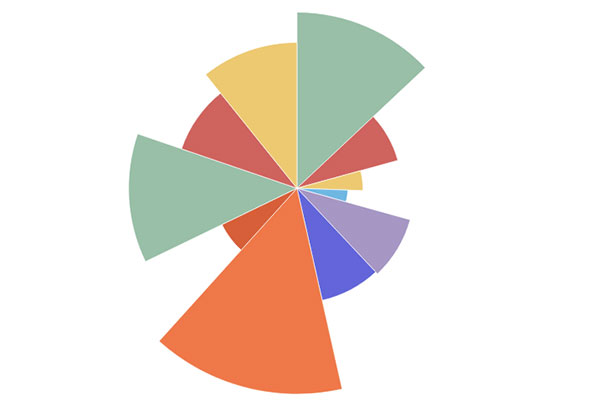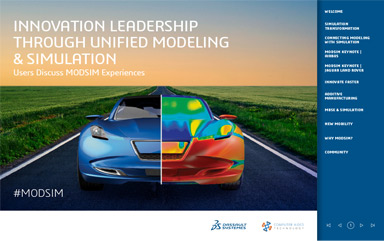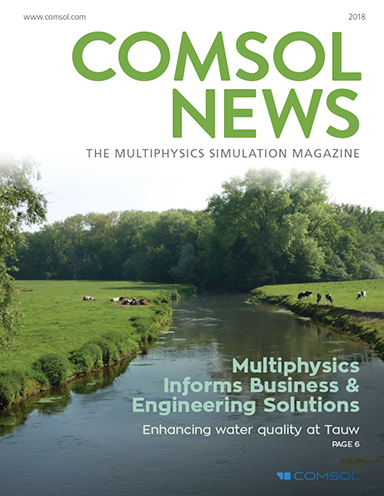Hope, Hype and Reality
DE readers provide their take on the future of design engineering technology.

Latest News
December 1, 2018
We asked Digital Engineering’s audience for their perspectives on the current and future technologies shaping design engineering, and thus the products and systems that will comprise our future. Almost 450 people responded, mostly product or system design engineers (33%), followed by engineering management (15%), those involved in research and development (10%) and engineering consulting (9%). The final third identified their primary areas of responsibility as corporate management, engineering analysis, industrial design, IT management, test and measurement, and faculty or students.
Collaboration Continues to be Top Challenge
For the second year in a row, more survey respondents chose collaboration as an extremely/somewhat important challenge in their day-to-day work than other common challenges, including tight deadlines and budgets, regulatory compliance or staffing concerns. Almost half (48%) of respondents chose collaboration this year, slightly more than in 2017 (46%) and 2016 (45%). Perhaps that’s not surprising, given the complexity of today’s products and systems that combine mechanical and electronic hardware with increasingly sophisticated software, but because the much ballyhooed idea of a digital thread connecting people, machines and processes leans heavily on collaboration, we included the digital thread and digital twins in our survey this year.
When asked what challenges they face when developing a digital thread of information flowing up and down the product development, manufacture and deployment chain, complexity of design and development was indicated by more respondents (37%), with keeping up with the technology (32%) and systems integration (30%) following close behind.
However, it’s still early for the digital thread. Only 17% of respondents said their organization was using or planning to implement a digital thread/digitization, while 37% said they were not and 46% were unsure. Given that almost half of respondents weren’t sure, if upper management is planning on investing in a digital thread strategy, they’re not communicating it to the design engineering team. But perhaps management isn’t sold on the value of the digital thread. Only 18% of respondents cited employee buy-in as a digital thread development challenge vs. the 29% who cited management buy-in.
The Top 3 Technologies Gaining Traction
Technologies with proven track records, such as additive manufacturing/3D printing (56%), AI/machine learning (48%) and simulation software (46%), are expected to have a greater impact on the near future of product design and development by DE survey respondents. Materials also made an impressive showing in the impact category, with 40% of respondents choosing them as a technology they think will have a big impact on product design and development in the next five years.
Some respondents pointed out how advancements in one technology will affect another. “As data is introduced to a machine learning platform, it will help in the development of better and more advanced materials,” wrote one respondent, when asked about artificial intelligence and machine learning.
“It is dependent upon material development to realize its full potential,” wrote another when asked about additive manufacturing/3D printing.
Respondents aren’t waiting for additional material advancements before implementing 3D printing, however. When asked what they were currently using/developing products for, 3D printing/additive manufacturing was near the top of the list (40%), second only to simulation software (55%). Of those using 3D printing, prototyping (85%) is the most popular use case, followed by testing (55%) and producing end-use parts (36%). The most cited reasons for turning to 3D printing/additive manufacturing were shortening product development schedules (72%), reducing or controlling development costs (52%) and producing parts they couldn’t feasibly make otherwise (48%).
AI Expectations High
Some of the responses to DE’s survey show that design engineering teams take the claims surrounding artificial intelligence with a grain of salt: “Over-hyped and as a result under-realized,” wrote one respondent when asked for their impressions of AI. “These are mostly buzzwords that managers want in new products from a marketing standpoint,” wrote another, “but they don’t know what AI and machine learning will actually do in a product.”
However, 15% of respondents say they are already using AI/machine learning to develop products or developing products that make use of AI/machine learning, and another 31% expect to be doing so within the next two years.
The Revolution will be Simulated and 3D Printed
To push our normally pragmatic engineering audience into some soothsaying, we provided a series of claims about different technologies’ potential to revolutionize the design engineering process and asked them which ones they agreed with most.
The revolutionary catalyst most chosen was 3D printing (63%), followed by simulation-led design (53%). Other potentially revolutionary technologies, such as big data analytics, high-performance computing/cloud computing, virtual and augmented reality, the internet of things and generative design didn’t break the 40% mark. In fact, the third-most agreed upon prognostication was “The democratization of simulation will revolutionize the design engineering process” with 36%.
That may also have something to do with how familiar respondents are with various technologies. When asked which technologies they are familiar with, simulation software (41%), additive manufacturing/3D printing (37%) and product lifecycle management (30%) were cited as “very familiar” to most. On the other hand, only 17% said they were very familiar with AI/machine learning, so perhaps some of those eye-catching headlines and links are having an effect.
Subscribe to our FREE magazine, FREE email newsletters or both!
Latest News
About the Author
Jamie Gooch is the former editorial director of Digital Engineering.
Follow DE





